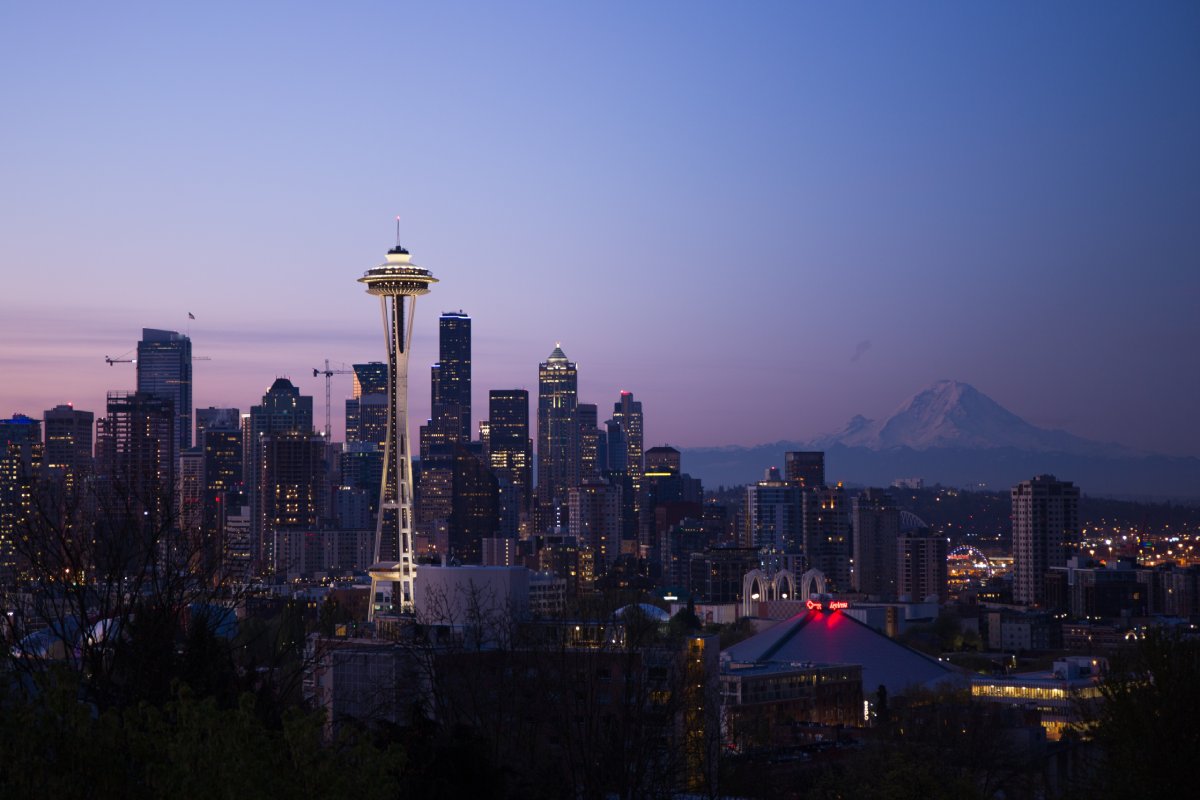Seattle to Restart Downtown Tourism With $5 Million Budget Boost

Skift Take
Seattle will receive $5 million in funding next year to bring in more conventions to boost downtown tourism.
“We are focused on more aggressive marketing and where we really needed that bump was on the convention sales side,” said Visit Seattle CEO and President Tammy Blount-Canavan.
On October 4, Seattle Mayor Bruce Harrell signed legislation that modified the hotel assessment fee, which goes toward Visit Seattle's marketing. Starting in January, guests will pay 2.3% of the room rate, instead of a flat $4. That will lift Visit Seattle’s current $18 million in hotel assessment funds by about $5 million next year. Visit Seattle's budget will t
